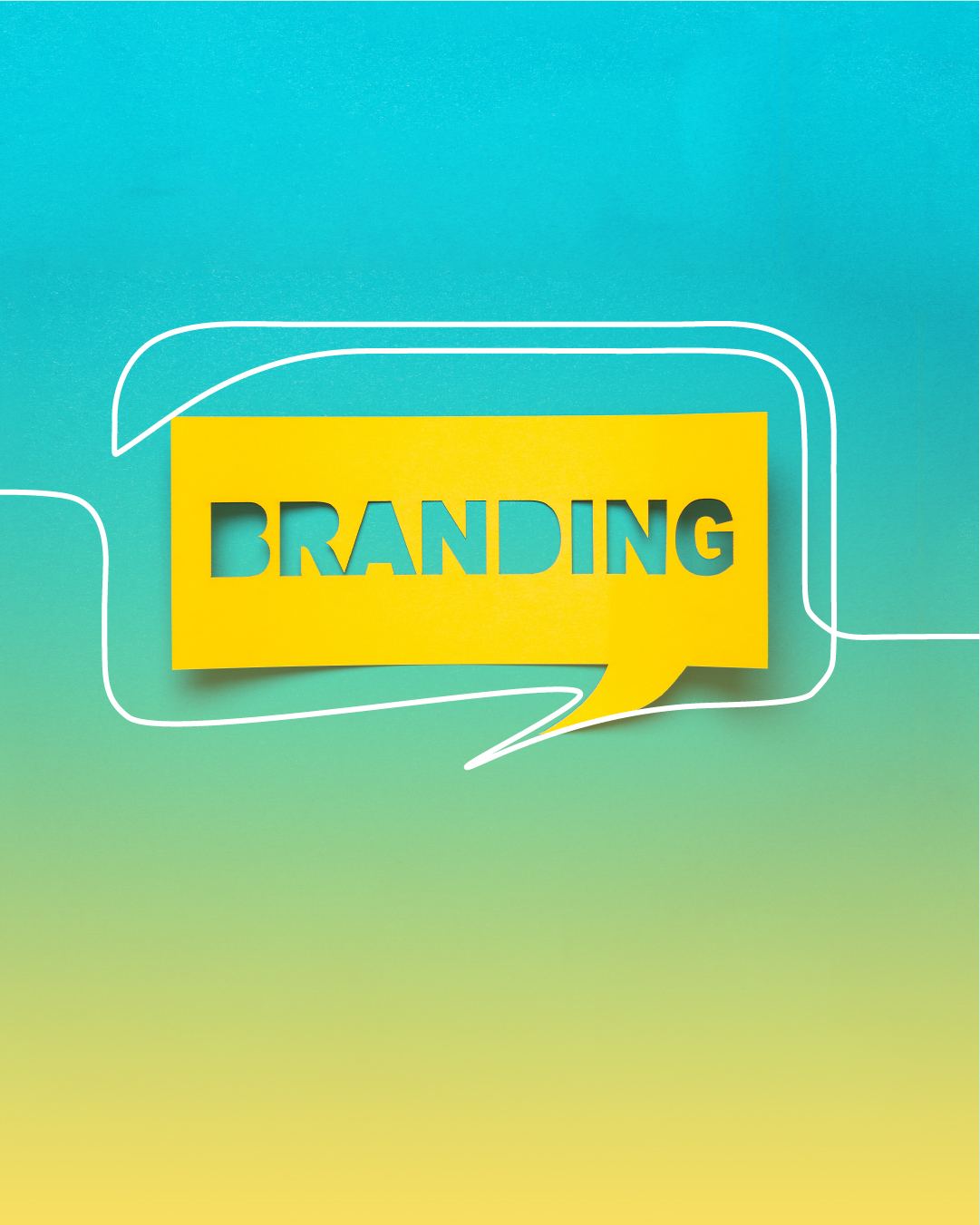When they hear the word “brand,” many people think of a swoosh, an apple, golden arches, rainbow peacock feathers, or a bullseye. But those aren’t brands. They are merely logos, the visual identity that reflects who a company is and what they stand for.
Yet often, when we are speaking with clients about creating a new brand or refreshing their current one, the conversation often starts with how they want their logo to look. Businesses are not wrong to be concerned about how they project themselves visually, but it’s just a tiny part of creating a solid brand.
Investopedia has an excellent definition of what a brand is:
A brand is an intangible marketing or business concept that helps people identify a company, product, or individual.
Say what?
You can’t touch or see a brand, yet it shapes how others perceive your company, your product, and even you as an individual. Your brand reflects who you are, what you do, how you do it, and how you want others – customers, partners, and future employers – to see you.
A successful brand evokes an emotional or intellectual response in the audiences you specifically want to engage with. It makes you stand out in people’s minds, makes you relatable to them, encourages them to want to get to know you, and, if you are very successful, makes them part of your tried-and-true community.

Who am I?
Creating a successful brand means starting with truly understanding your purpose. If you need a brand for your business, step back and think about why you started or are starting your company in the first place. If you are creating a brand for a new product, who are you making it for, and how will it significantly impact their lives?
To further hone your brand, consider what makes you stand out, indispensable, and uniquely qualified. Knowing who you are also means knowing where you want to go. That’s why vision statements are so important. They help you crystalize why you exist and why people will care about you in the long term. They communicate your purpose and the value you offer today and, more importantly, for the future.
Nike’s vision is a great example:
Bring inspiration and innovation to every athlete in the world.
Notice they are not talking about sneakers or running shorts; they are speaking about the long-term value they offer their community.
The vision statement is the first step in building out your messaging platform, including the mission statement, value proposition, etc., which are fundamental to giving your brand a clear, articulate, and authentic voice.
How do I act?
Earlier I said brands are intangible, but that doesn’t mean you can’t make them relatable. A brand personality is the personification of a brand, using human characteristics to make it relatable to customers and differentiate it in the marketplace. It’s the foundation for developing a brand image, voice, and tone – creating an emotional connection between your brand, customers, and employees. A unique brand personality makes your brand easily recognizable and memorable.

Understanding your brand personality can be done through several fun branding exercises. One of the most tried and true ways is to use a list of characteristic human keywords – approachable, charismatic, helpful, imaginative, reliable, surprising, etc. Sit down with your team and divide that list into what your brand is and is not. As you do this, think about your values, how you are different, and how you want people to feel when they hear your brand name or see your logo. Keep discussing and culling the list until you arrive at a few words that you feel most accurately would describe your brand if it was a human being.
Your goal is to get at the essence of who your brand is. What emotional, intellectual, and behavioral patterns does your brand exude that makes you easily identifiable and a brand that people want to connect and engage with?

When someone buys clothing from Patagonia, they feel good about themselves because they buy from a brand that shares their commitment to the environment and reflects adventure and excitement. Or the person who gets on a Southwest flight knows that even though they saved a few bucks flying them, they are in for a reliable and often fun experience. The same is true for the family who just purchased their second Subaru vehicle, knowing that with another child on the way, they need to feel confident and secure in the car they drive home from the hospital.
Those brands all have in common that their customers immediately know who they are, why they are different, what they stand for, and how they make them feel. Their authentic and consistent brand personalities have enabled them to build a loyal customer base.
It’s alive!
Once you have a clear picture of who your brand is, it’s time to bring it to life. That means thinking about how it looks, sounds, and interacts with your audience.
Visual, sensory, and interactive identity
When you see a red cape with an “S” on it, Superman probably comes to mind. Similarly, when you see a sneaker with a swoosh, you probably think of Nike. Or a person wearing light blue scrubs, you think healthcare worker, just as a big brown truck driving by makes you think UPS.


Just like a person, brands have very distinct visual looks. Logo, color palette, typography, illustration style, graphic elements, and photography make up a brand’s visual identity. These elements should reflect your brand personality and purpose. So, while you may personally love goats, if your brand is open-minded, professional, and approachable, a goat is probably not your best choice for a logo direction. Your visual identity should clearly represent who you are and be an easy way for your audiences to recognize you and the value you offer them.
The key elements of visual, sensory, and interactive identity include:
- Logo
- Color palette
- Typography
- Iconography
- Photography
- Illustration style
- Shapes and patterns
- Navigation and behavior icons and symbols
- Sensory elements – sounds, jingles, texture, smells, etc.
We will dive into these elements in detail in future blog posts.
Verbal identity
As important as it is for your audience to recognize you visually easily, they should also be able to do so when they read a blog post, copy on your website, an advertisement, or a social media post. Your brand should have a distinct verbal style and use intentional language based on your brand purpose and audience. How a cyber security company speaks will naturally feel very different from a snowboard manufacturer.
You want to be consistent, clear, and authentic in how you communicate through words (spoken or written). This helps build trust and connection with your audience and foster long-term relationships.
The key elements of verbal identity include:
- Brand name
- Vision and mission
- Messaging and narrative
- Voice
- Tone
- Terms and language
- Grammar
We will dive into these elements in detail in future blog posts.
Developing an effective and cohesive brand takes some effort and a little time, but it’s critical to the livelihood of your business. When you consider that nearly 543,000 new companies are created in the U.S. each month, can you afford to have a brand that doesn’t stand out and connect with your audience?




